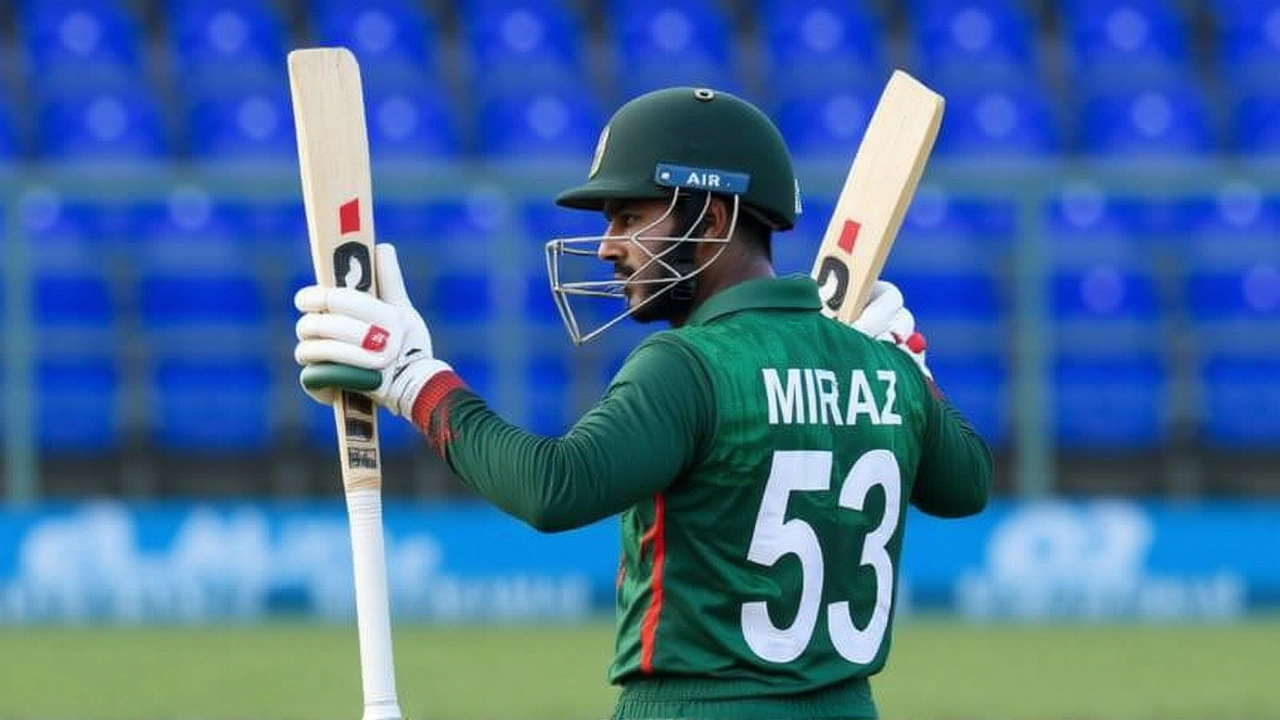ODI Captaincy – The Heartbeat of One Day International Cricket
When you look at ODI captaincy, the leadership role that steers a national side through One Day International matches. Also known as ODI leadership, it blends tactical know‑how with off‑field duties. The captain decides when to bowl, sets the field, and motivates players during pressure moments. Understanding this role is the first step to grasping why certain teams consistently punch above their weight.
One major backdrop for this role is One Day International cricket, a 50‑over format where each side balances aggression and restraint. Also called ODI, the format forces captains to juggle run rates, wicket preservation, and resource allocation. In the Asia Cup 2025 Super 4 stage, for instance, each captain had to adapt strategies to Dubai’s flat pitches while keeping an eye on the tournament schedule. This example shows how the ODI captaincy must sync with the unique demands of the ODI format.
Beyond the walls of the stadium, team leadership, the ability to inspire and manage a group of players toward a common goal becomes the captain’s daily tool. Effective leaders earn trust in the dressing room, which translates into cohesive fielding units and calm batting partnerships. When a captain demonstrates clear communication, the whole side reacts faster to changing match situations. This relationship illustrates the semantic triple: Team leadership influences on‑field performance.
Strategic decision‑making is another pillar, defined as strategic decision‑making, the process of planning bowling changes, field placements, and batting order adjustments. Captains must read the opposition’s strengths, pitch conditions, and the current over number to make split‑second calls. For example, positioning a fast bowler for the death overs or promoting a power‑hitter up the order can swing momentum. This creates the link: Strategic decision‑making requires understanding of batting order, and also ODI captaincy encompasses strategic decision‑making.
The impact of these elements shows up in results. Teams with captains who master field placements and rotation of strike often post higher totals and defend them successfully. In the recent Asia Cup run‑up, captains who tweaked their field according to batsmen’s strengths managed to restrict scores by an average of 15 runs. Such outcomes reinforce the idea that a captain’s tactical choices directly shape match narratives, proving that the role isn’t just ceremonial—it’s a decisive factor in a team’s success.
Below, you’ll find a curated set of articles that dive deeper into specific aspects of ODI captaincy: from case studies of successful leaders to tactical breakdowns of field settings. Whether you’re a fan curious about why a captain made a bold call, or a budding cricketer eyeing leadership, this collection offers practical insights that bring the theory of ODI captaincy to life.
Mehidy Hasan Miraz Takes Over as Bangladesh ODI Captain Ahead of Sri Lanka Series
Mehidy Hasan Miraz named Bangladesh ODI captain for a year, taking over from Shanto ahead of a Sri Lanka series, as the team eyes ranking climbs and upcoming tournaments.





